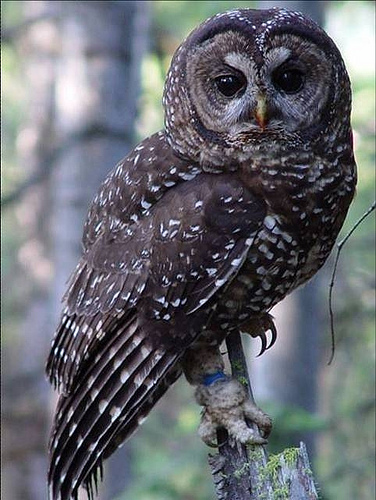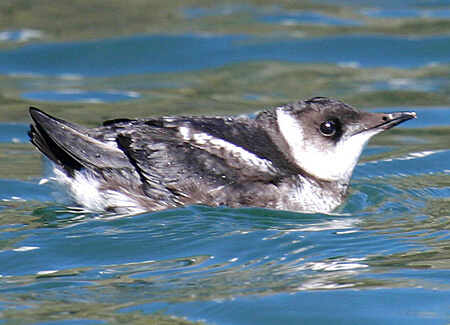According to globalforestwatch.org the Conservation of Nature (IUCN) has declared 665 species either completely extinct or extinct in the wild. That's a lot of species! Here are some examples of species that have gone extinct or endangered due to habitat destruction and loss:
Formosan Clouded Leopard
This leopard lived in Taiwan. It went instinct in 2013 caused by the destruction of their habitat. Their homes were replaced with agriculture land and they were forced out.

Spix's Macaw
This beautiful macaw was declared extinct in 2018. There are a few left in captivity. They were traded for pets and their homes were again lost by agriculture. It is also the rarest parrot species in the world.

Northern Spotted owl
The Northern spotted owl's population is rapidly decreasing due to habitat loss. They are listed as threatened under the endangered species act. The habitat of these owls has been cut downs and produced into lumber.

Marbled murrelet
The Marbled Murrelet is a type of sea bird that only nests in old growth forests at high elevations. Their nesting areas are now very limited due to habitat loss and their population is decreasing fast. This species is listed as threatened since 1990.

There are many more animals that suffer from habitat loss too. If this keeps up we will not only have lost but will lose tons more animal species. Ways to help to stop deforestation and habitat fragmentation is to support the protected forests and abide by their rules such as no hunting or hiking through the forests. I encourage you to try a little experiment. If you have any old or dead trees around or in your backyard setup feeders near them. Track which trees your birds prefer the live or dead ones? For me at my cabin in Winthrop the birds were much more drawn to the older trees than any of the live new trees. The birds even perched in dead brush. I am not totally sure why but I think our birds prefer old growth more than new growth because of how sturdy and stable the branches are. I think this could be why because birds want to build a nest in a sturdy tree.. right? Have you ever hung ornaments on a tree and some branches are super flimsy and can't hold the weight of the ornament? Well I definitely have and scoping out the dead branches to hold the weight of the ornaments seemed much more effective. This hypothesis is not backed up by any evidence just by personal experience! So if you would like try this out and see what happens! Thank you!
(The pictures are not taken by me!)
Sources:
Siskiyou, Klamath. “Northern Spotted Owl.” Klamath-Siskiyou Wildlands Center, Klamath-Siskiyou Wildlands Center, 12 June 2017, www.kswild.org/imperiled-species-profiles/2017/6/12/northern-spotted-owl.
Cornershop. “The Endangered Species Act.” Endangered Species Coalition, www.endangered.org/endangered-species/.
Institute, World Resources. “Forest Monitoring Designed for Action: Global Forest Watch.” www.globalforestwatch.org/.
“Stories of Animals, Nature, and Culture.” National Geographic, www.nationalgeographic.com/.

No comments:
Post a Comment